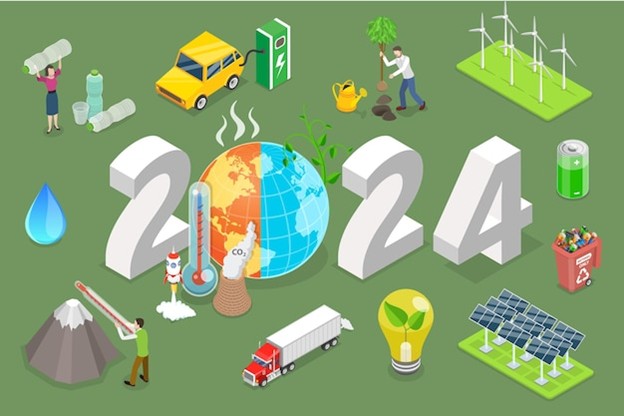bottles, bags and other plastics could fill 34 times the area of manhattan, ankledeepnew research shows for the first time the enormity of the problem posed by the amount of plastic finding its way into the world&39s oceans.the study, published thursday in the journal science, estimates that 412 million tonnes of plastic are dumped every year by coastal countries.infographic world&39s oceans threatened by floating trashtune in saturday to quirks & quarks for an interview with study coauthor jenna jambeck from the university of georgia"it is an enormous, staggering amount of material that we believe might be entering the ocean every year," roland geyer, one of the authors of the report, said in an interview with cbc news.garbage haiti beachplastics, such as this garbage scattered along a beach in haiti, are polluting the world&39s oceans at an alarming rate, according to a study released thursday by scientists at the university of californiasanta barbara. timothy townsenduniversity of californiasanta barbarascientists have known since the 1970s that plastic debris carried by currents is creating floating islands of garbage in the world&39s oceans, but until now they haven&39t studied the source.the study estimates an average of about eight million tonnes of plastic &mdash everything from water bottles to garbage bags to food packaging &mdashis improperly disposed of."if you spread it out on the ground, eight million tonnes would be enough plastic waste to cover 34 times the area of manhattan ankledeep in uncompacted plastic waste," geyer said.china tops listthe research was conducted by scientists at the university of california santa barbara&39s national center for ecological analysis and synthesis. they looked at 192 coastal countries in 2010 and how they disposed of their plastic.a world map shows the origins of discarded plastic that end up in the ocean, according to a study in the journal science. the darker colours represent higher volumes. university of californiasanta barbarathey found that 20 countries were responsible for 83 per cent of the litter, or so called "mismanaged plastic." in order, the top contributors werechina.indonesia.philippines.vietnam.sri lanka.thailand.egypt.malaysia.nigeria.bangladesh.south africa.india.algeria.turkey.pakistan.brazil.burma.morocco.north korea.united states.geyer, an associate professor at ucsb&39s bren school of environmental science and management, says these are countries where economies have grown faster than their ability to handle the garbage produced by a growing middle class."as economies develop, typically what we see is the amount of plastic in their solidwaste generation &hellipincreases &hellip but at the same time they&39re still lacking the infrastructure to make sure this waste doesn&39t move around and end up in the environment."dumping plastic illegal at seait&39s against the law for ocean vessels to dump plastic at sea.researchers think the plastic is often blown out of overflowing garbage dumps into estuaries or rivers where it&39s carried into the oceans by tides. and it&39s often simply dumped on beaches and along the coasts.however, developing countries aren&39t the only ones to blame. the united states is no. 20 on the list of plastic polluters even though it has garbage collection and recycling.it still has a "large mass of mismanaged plastic waste because of large coastal populations and &hellip high percapita waste generation," the report concludes.reducing the amount of plastic garbage can directly affect the amount that gets into the ocean, the researchers found, but it&39s a massive job."to achieve a 75 per cent reduction in the mass of mismanaged plastic waste, waste management would have to be improved by 85 per cent in the 35 topranked countries," the study found.mobile users, view a graphic on plastic volumes by the canadian pressgeyer says that means better landfill systems, increased recycling, reduced plastic packaging and replacing plastic with other materials.in the meantime, scientists need to figure out where the plastic is going. while some is floating on oceans, large amounts have disappeared &mdash either sinking or disintegrating into tiny shards known as microplastics."an important question is &39where is it all,&39 and then of course, &39what does it do to the natural environment and in the long run what does it do to us,&39" geyer said. 






